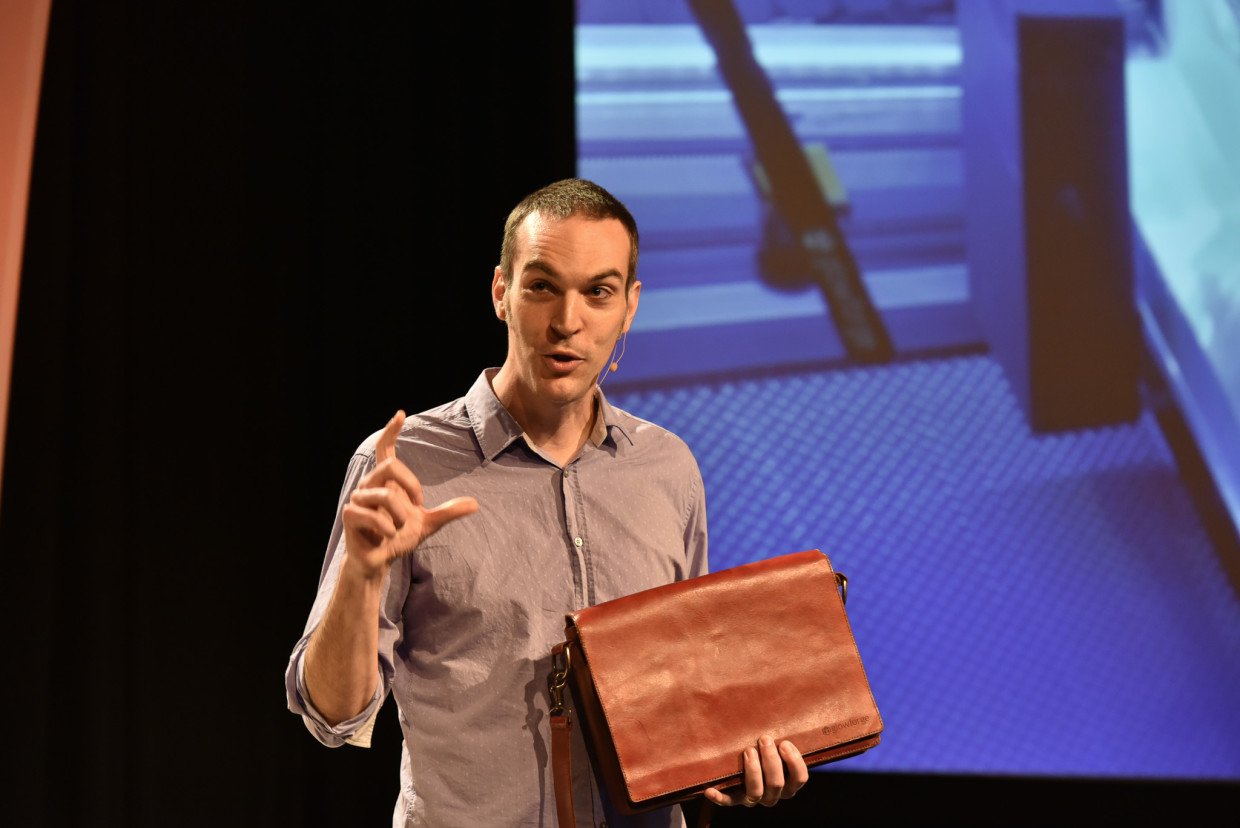A familiar dance: Ex-Microsoft product manager opens ballet school, and leans into her tech skills

Adrienne Chan‘s pivot away from a career in tech could more aptly be considered a pirouette.
The former Microsoft product manager is the co-founder of a new ballet school in Redmond, Wash., where she’s reconnecting with the dancing she practiced growing up, and seizing on a desire to run her own business.
“I knew I had to do this because I couldn’t stop thinking about it,” Chan told GeekWire. “I loved my job at Microsoft, and I wanted to do both … but 24/7 my mind was only thinking about the ballet school.”
Bellevue Classical Ballet opened in September in Redmond Town Center with a mission to serve students of all ages and skill levels. Chan is serving as executive director, and her co-founder, Eric Hipolito Jr., a former dancer and instructor with Pacific Northwest Ballet School, is artistic director.
Chan first interned at Microsoft in 2017 before spending almost four years at the tech giant working on Azure products. She left in 2022 to get her Master of Science degree in entrepreneurship from the University of Washington before returning to Microsoft for another 11-month stint.
While at the UW, Chan utilized her engineering background and worked on a dance education app as part of her degree program.
“Something still felt a little off for me,” she admitted. “I felt that maybe I wanted to stray a little bit more away from tech.”
She met Hipolito and made the leap back into dancing. And along the way, she found tech was still a suitable partner.
Intrigued by entrepreneurship

Chan grew up in Toronto and transitioned from gymnastics to ballet as a kid, falling in love with the art form at age 9 thanks to her teachers. She eventually took up other styles of dance in productions within the Chinese community in Toronto.
She studied systems design engineering at the University of Waterloo in Ontario, and as an undergrad, her first internship was at a startup incubator.
“I’ve never seen anything like that,” Chan said. “The drive that people have, the motivation — they just want to get work done. They’re so passionate. And that really sparked my interest in entrepreneurship.”
Her feelings were lining up with memories she had of a “career class” she took in high school where she had to list 10 things she might want to be when she grew up. Engineering was on the list. And so was CEO of a dance company.
Although she wanted to pursue her master’s directly after undergrad, she had already committed to Microsoft and moved to Seattle to begin her career.
Adaptability, iteration and more

Chan’s parents and others were a bit surprised when she left a high-paying tech job to go back to school, and even more so when she left that job again to open a ballet school.
Even though she was touching products used by millions of people, Chan wasn’t connecting with those people on a day-to-day basis. She wasn’t using those products herself, and they didn’t align with her aspirations.
“I really did enjoy my job at Microsoft, but I knew it wasn’t what I wanted long term,” she said. “I wanted something more meaningful, something that felt like I could make an impact on people.”
Chan is a big believer in the notion that everything has led her to where she is today. And she feels that her tech background is making an impact on the ways she thinks about running a small business — something she’s been writing about in posts on LinkedIn.
“If I pursued dance in college, I don’t think I would be as successful doing this now,” she said. “I think that tech background really helped me do this.”

Managing a product is a lot like managing a business, Chan said, calling out the ambiguity of both. At the ballet school, she finds herself leaning on the adaptability and decisiveness that helped her at Microsoft, and iterating as she goes — a mindset she calls very common in tech.
But she’s not using AI.
When she had to crunch 100 different schedule options for the school, Hipolito asked why she didn’t just throw all the variables into an AI model and ask for the best result.
“I said, ‘No, I want to use my brain,'” Chan said. “I trust my brain.”
Chan also chuckles at the irony of her life now — teaching the kids of Microsoft workers while some of those parents are outside her dance studio working on laptops, doing code reviews or whatever else.
When people call her a risk-taker or commend her courage for the change she’s made, Chan doesn’t see it that way.
“It’s stressful. But I’m stressing for what I really want to be doing, what really matters to me,” she said. “I don’t think that’s replaceable at all. I don’t think there’s any other option.















